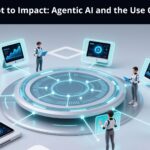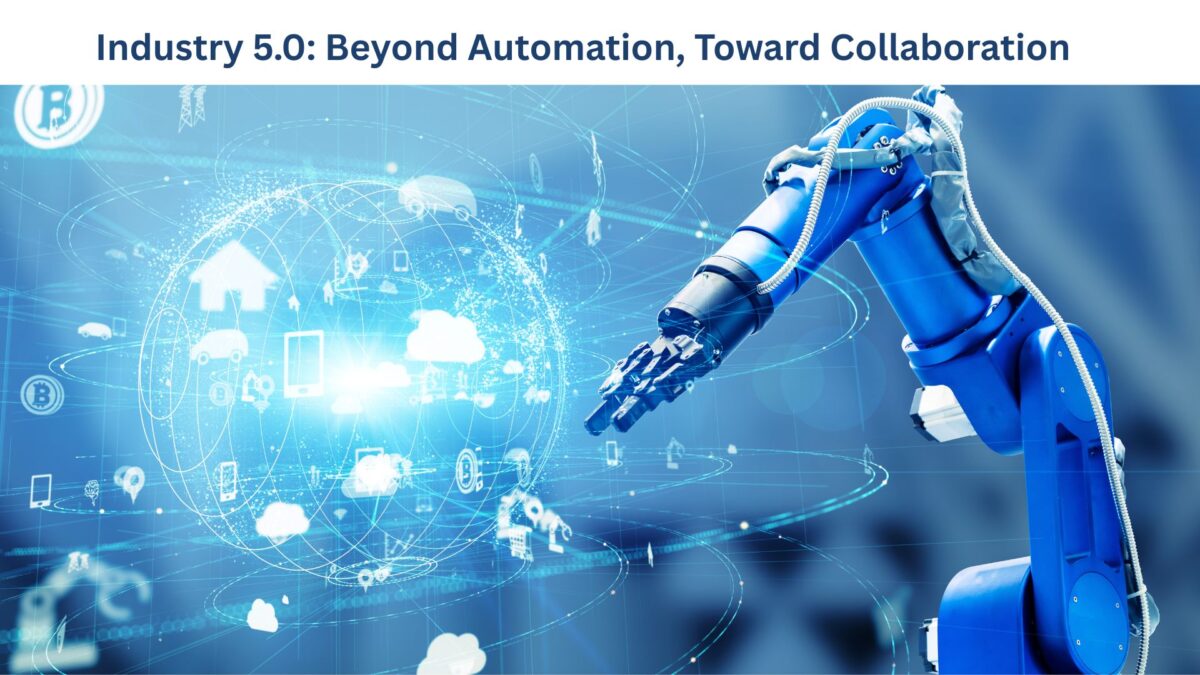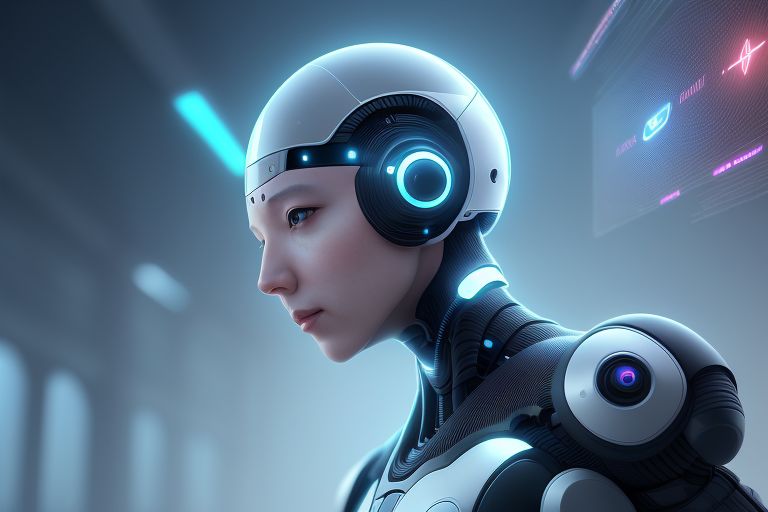For centuries, external references such as maps, stars, and, more recently, satellite-based systems like GPS were used for navigation. Despite being revolutionary, GPS has inherent drawbacks, such as the potential for signal interruptions, jamming, and reliance on satellites that might be compromised during natural catastrophes or military conflicts.
The revolutionary technology known as Quantum Positioning Systems (QPS) has the potential to revolutionize navigation by doing away with the need for outside signals. In situations when conventional GPS is ineffective, QPS provides previously unheard-of levels of precision, robustness, and security by utilizing the basic ideas of quantum physics.
Applications for quantum location are emerging in autonomous cars, deep space exploration, military operations, and even aircraft as developments in quantum sensors, inertial measurement units (IMUs), and gravity-based navigation pick up speed. The question is how quantum positioning can strengthen and future-proof global navigation systems, not if it will replace GPS.
The Science Behind Quantum Positioning
Quantum positioning provides a self-sufficient way to track location with a high degree of precision, in contrast to traditional navigation systems that rely on receiving signals from satellites. Highly sensitive quantum sensors that can pick up on rotation, acceleration, and even gravitational anomalies are used to do this.
Atom interferometry, which uses ultra-cold atoms to detect acceleration and angular velocity with accuracy considerably beyond that of traditional IMUs, is one of the most promising technologies advancing quantum positioning. It is possible to investigate the activity of these atoms to pinpoint precise movement patterns since they behave similarly to quantum waves. Long-term navigation without external recalibration is made possible by quantum IMUs’ substantially reduced drift rate as compared to conventional sensors, which collect errors over time.
By identifying even the smallest changes in the Earth’s magnetic field, other quantum-based sensors, such diamond-based magnetometers, make navigation possible. A vehicle or vessel fitted with this technology may locate itself even in areas where GPS signals are totally inaccessible, including deep underground, underwater, or inside tightly guarded military zones, because each site has its own magnetic signature.
Military and Aerospace Applications
Military forces throughout the world are quickly using quantum locating technology, especially in defense settings where GPS is susceptible to spoofing or jamming assaults. Quantum compasses were added to the UK’s Astute-class submarines in 2024, enabling months-long underwater missions with little positional drift—a crucial feature for covert operations.
Similar improvements are being made in aviation. With a positional accuracy of only 32 meters, Boeing’s quantum IMU achieved four-hour GPS-free flights—a significant improvement over the 3-kilometer inaccuracies found in traditional inertial navigation systems. For military aircraft operating in areas with blocked signals, where dependence on GPS might be problematic, this is especially important.
Quantum location has even been used into municipal infrastructure. In a successful testing using quantum beacons, London’s subterranean transit system achieved an unparalleled degree of accuracy for subterranean navigation: station alignment precision of just 17 millimeters.
Performance Benchmarks: Why QPS Outshines GPS
Quantum positioning is preferable because of its unparalleled precision and immunity to interference. While environmental obstacles, satellite failures, and signal jamming can interfere with traditional GPS, QPS functions without the aid of outside references.
One of the most notable benefits is its immunity to jamming; unlike GPS, which can be disrupted by a 5-watt jammer, quantum positioning is impervious to jamming as it doesn’t depend on satellites or radio transmissions. Furthermore, compared to traditional navigation systems, position hold accuracy—which measures the amount of drift over time—is 100 times greater.
The speed of cold start acquisition is another innovation. In contrast to GPS-based systems, which can take up to 30 seconds to setup, quantum positioning is far more efficient, achieving location fixes in as little as 8 seconds.
Overcoming Challenges: Miniaturization and Scalability
Even though quantum positioning systems have many advantages, commercial adoption is still hampered by issues with cost and scalability. Present-day quantum navigation technologies are difficult for consumer applications as they frequently call for extensive laboratory setups. Nonetheless, miniaturization is advancing more quickly.
The Future of Quantum Navigation
The technique of quantum location is quickly moving into widespread use. Luxury electric cars are anticipated to come equipped with chip-scale quantum navigation systems within a few years, which would enable smooth navigation through urban canyons and tunnels where GPS signals frequently falter. These devices, which offer extremely precise self-reliant location tracking, will improve autonomous driving.
Exploration of deep space will also greatly benefit. In order to enable future moon landings with sub-centimeter precision, a lunar quantum positioning grid is now being developed. This new quantum-enabled network will provide a strong positioning foundation for lunar activities, in contrast to satellite-based GPS systems on Earth.
Furthermore, there is a growing push to standardize quantum navigation protocols. By establishing international standards for cross-platform compatibility, the IEEE P2891 quantum positioning framework—which is expected to be completed by 2030—will guarantee that quantum positioning may be easily integrated across sectors.
Conclusion: The Quantum Revolution in Navigation
The future of navigation is being actively shaped by quantum positioning systems, which are no longer just a far-off idea. These systems offer unmatched precision, security, and resilience in applications ranging from deep-space missions to autonomous transportation, military defense, and aerospace by doing away with the need for satellites. Quantum positioning technology is poised to revolutionize human navigation on Earth and beyond as continuous advancements propel its downsizing and commercialization.
Reach out to us at open-innovator@quotients.com or drop us a line to delve into the transformative potential of groundbreaking technologies. We’d love to explore the possibilities with you.















